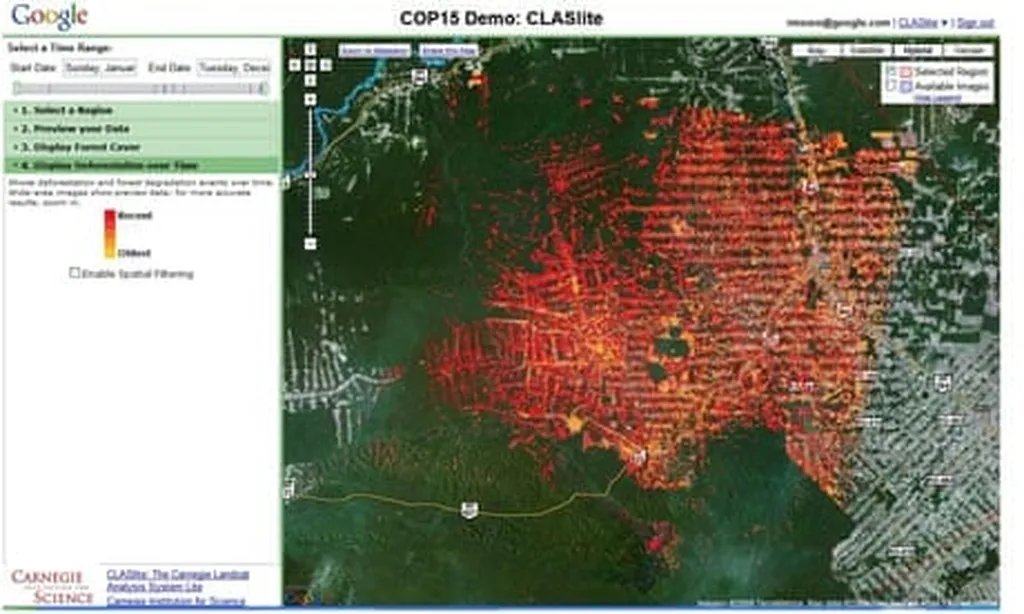In the ever-evolving landscape of precision agriculture, a groundbreaking study led by James Brinkhoff from the Applied Agricultural Remote Sensing Centre at the University of New England, Armidale, NSW, Australia, is set to revolutionize how farmers monitor and manage their crops. Published in the IEEE Journal of Selected Topics in Applied Earth Observations and Remote Sensing, the research focuses on enhancing the temporal consistency of satellite image time series (SITS) data, a critical tool for real-time crop monitoring.
Remote sensing technology has long been a cornerstone for farmers, providing invaluable insights into crop progress and aiding decision-making on crucial factors such as fertilization and irrigation. However, the presence of artifacts in satellite images, including clouds, variations in sun and sensor geometry, intersensor biases, and atmospheric effects, has historically complicated the interpretation of these data. These artifacts cause fluctuations in reflectance and vegetation indices, making it challenging to derive accurate, actionable insights.
Brinkhoff and his team developed empirical models to correct these artifacts, focusing on rice monitoring but with promising results for corn and cotton crops. “Our goal was to improve the temporal consistency of SITS data, making it more reliable for real-time crop monitoring,” Brinkhoff explained. The study utilized data from 7,266 rice fields over four years in New South Wales, Australia, demonstrating the method’s effectiveness and generalizability.
One of the key findings was the superior performance of self-supervised LightGBM models in correcting deviations compared to linear models. Additionally, the team found that masking cloud-affected data using Cloud Score+ provided a better balance between image frequency and time-series smoothness. “The importance of key features such as solar and view angles, reflectances in bands sensitive to atmospheric effects, and the satellite sensor differences between Sentinel-2A and -2B, especially in a red edge band, were highlighted by SHAP analyses,” Brinkhoff noted.
Surprisingly, the study revealed that top of atmosphere time series had similar or better consistency than harmonized Landsat Sentinel surface reflectance time series after correcting the deviations. This finding could significantly impact the energy sector, where accurate and consistent data is crucial for optimizing resource management and decision-making.
The empirical models developed by Brinkhoff and his team reduced the root mean squared deviation of a red edge chlorophyll index by 39.7% and the normalized difference vegetation index by 21.4%. These corrections enhance the interpretability of SITS data for near real-time crop monitoring, improving the data available to farmers and decision-support tools.
The research published in the IEEE Journal of Selected Topics in Applied Earth Observations and Remote Sensing (translated to English as the IEEE Journal of Selected Topics in Applied Earth Observations and Remote Sensing) not only advances the field of precision agriculture but also has broader implications for the energy sector. As the demand for sustainable and efficient resource management grows, the ability to accurately monitor and predict crop yields becomes increasingly important.
This study paves the way for future developments in remote sensing technology, offering a more reliable and consistent data source for farmers and energy sector professionals alike. By enhancing the temporal consistency of SITS data, Brinkhoff and his team have taken a significant step towards improving the accuracy and efficiency of crop monitoring, ultimately contributing to more informed decision-making and better resource management.

